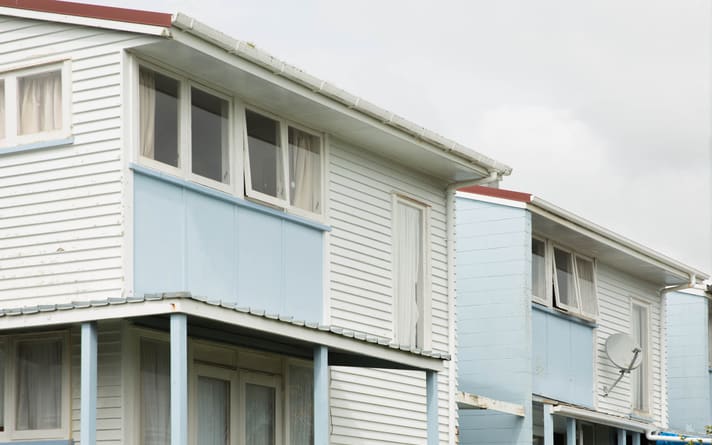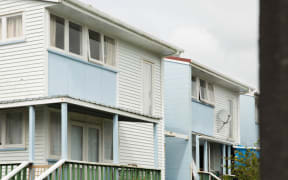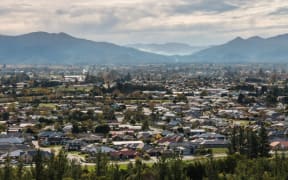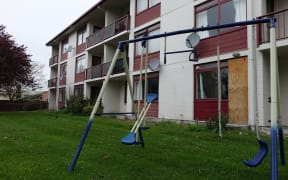More than 250 state homes have sat empty for more than a year while the government waits for someone to buy them.

Photo: RNZ / Cole Eastham-Farrelly
The Labour Party has labelled the situation unacceptable, given the housing crisis and the number of people who did not have decent housing.
Labour leader Andrew Little, who obtained the figures, asked Prime Minister Bill English in Parliament yesterday to justify what was happening.
"How on earth does he justify selling state houses in the middle of a housing crisis when Kiwi kids are homeless and living under tarpaulins?" he asked.
Mr English said Mr Little needed to understand the size of Housing New Zealand's stock, which sat at around 68,000 houses.
There's quite a number of those, which people in serious housing need will not move into because of the quality of those houses," Mr English said.
The housing agency owned one in 16 houses in the country, so it should be expected it would be selling some houses at any given time so it could renew its stock, Mr English said.
The government was no longer limited by the number of state houses, he said.
"When it comes to meeting serious housing need, we now have hundreds, in fact, shortly, thousands of houses, supplied by people other than Housing New Zealand."
This week Mr English estimated there was a nationwide shortage of 10,000 to 20,000 houses, despite the government saying just a few years ago that the housing shortage in Auckland alone was roughly double that.
Labour housing spokesperson Phil Twyford asked the Building and Construction Minister Nick Smith to explain the discrepancy.
"Isn't it strange for a government that professes to be interested in evidence-based policy making, that the minister whose job it is to increase the supply of affordable housing, doesn't even want to know how much the shortage of housing is?"
Green Party co-leader James Shaw said the government's wildly different housing shortage estimates were designed to confuse the public.
"They use different facts and figures to create an apples and oranges situation where you can never easily pin down what the actual facts of the matter is," Mr Shaw said.






